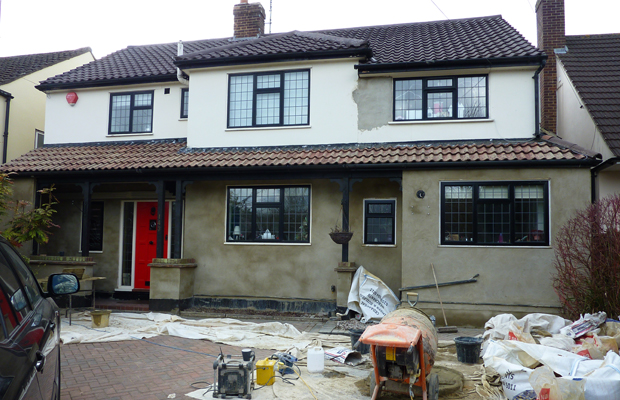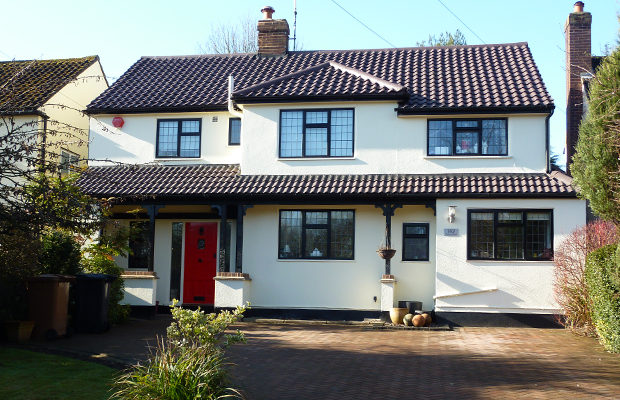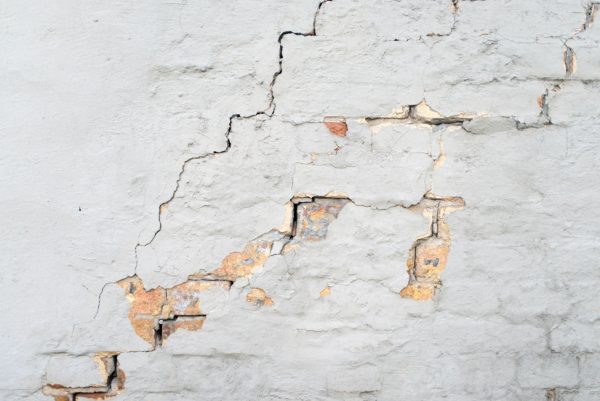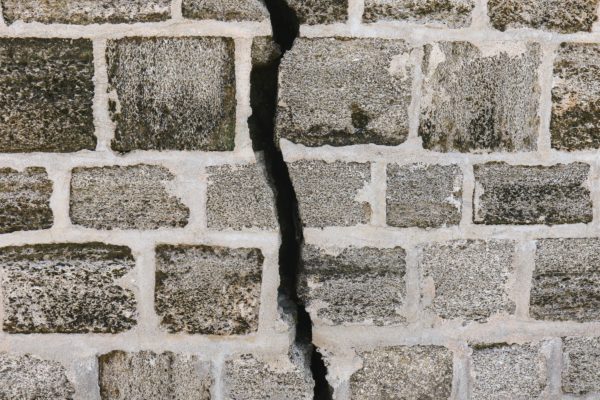

House owners often opt for plasters on their walls so as to maintain the shine and durability for long. Plaster walls keep the house in prime conditions and provide a unique value to the house. They look beautiful and are strong enough to provide a solid foundation to a house. Plaster is a good solution for houses but with climate changes and other relevant conditions, it is likely to observe cracks.
In everyday life, plaster may receive bangs and bumps. There are areas that are more likely to receive cracks that may include areas adjacent to windows and doors. Even a single crack in these walls may look ugly but they can be repaired. With just a quick fix, it is possible to repair the crack in the plaster walls.
Reason for Cracks in Plaster Walls
For repairing a crack plaster wall, it is important to take proper steps else it would continue to crack even after repair. Sometimes there are unknown reasons why a plaster wall observes such cracks but some of the known reasons can be:
- Wear and tear of the walls may lead to unknown cracks
- This can be due to climatic conditions such as excessive rains that may expose the area to humidity
- Other issues such as water leakage or a pipe blockage can also be a common cause of such cracks
- One of the obvious reasons for such cracks is using poor-quality plaster
- Other reasons can be stress on the wall caused by the day-to-day activities such as holes in walls for hangings, liquid spilling, scratches from wall arts and furniture
Whatever may be the reason, it is easy to repair any such cracks caused on the plaster walls. By following simple ways, it is possible to quickly fix a crack in a plaster wall.

Repairing Cracks in Plaster Walls
Here are the ways with which one can repair the plaster cracks, the steps are:
- Drilling the plaster
Using a safety knife and a safety glass, try to widen the crack. For this, you need to cut the space to 1/8 inch. By making this cut one must remove the loose material. - Sealing the area
The second step is to apply a layer of acrylic conditioner using a spray pump and gloves. Spray the edges and clean them. Now, wait until the milk conditioner is soaked properly into the wood and plaster. This will take about 10 minutes. - Injecting the adhesive
Next is injecting the creamy glue into the holes. This can be done using an adhesive tube nozzle. Just hold the tube carefully and gently to fill the primed hole. Now simply clean the wall by scraping off the excess glue. You can use a wet sponge for this. - Clamping the wall
Now you need to insert a plastic washer of about 2 inches in the filled holes. This can be done using a drywall screw. The screw helps pull the laths of the plaster and the washer provides a screw head to the clamping surface. One must use washers on either side of the cracks that must lie at least 8 to 10 inches apart from each other. - Wipe the excess adhesive and wait
Once completed don’t forget to remove the excess adhesive otherwise it may dry up to give a clumsy appearance. One can use a wet sponge for this. After a day or two, back out the washer and screw and remove any scraping adhesive to ensure better results. - Filling the cracks
Finally, the area is smooth enough to repair. Now mix batches of several joint compounds to create a composite to fill the area. Now use the compound to cover all the holes. Once applied, it will gradually begin to harden. Remember to ensure a smooth appearance. Using a trowel is a good idea to smoothen the compound. One can wet it and smoothen it again. - Paint the area
Wait for the area to finally dry. Once the compound is finally set, the final step is to paint it. Before you start the paint don’t forget to sand the area gently. One can use sandpaper to smooth the bumps and ridges if any exist. Now apply the prime and then finally paint it. Apply an additional coat if necessary and then wait for the final results. The cracks must have disappeared by now.
What if the Cracks are Severe?
It is possible to ensure a quick fix for small cracks that one may observe in plaster walls but sometimes unknown reasons may create bigger cracks in plaster walls. Reasons such as earthquakes or alterations in existing house plans may cause severe cracks in walls.

In cases where there are significant indications of structural issues in plaster walls, it is always better to contact a qualified professional for repairing the plaster wall.
One must not delay the repair to such walls else it may create further damage to the house. An expert building professional can visit the house to inspect the wall and provide the right solution for the repair of severe cracks in the plaster wall.
Conclusion
One need not worry if the plaster walls get small cracks. There is always a quick fix that can eliminate cracks quickly. It is quite easy to quickly fix these minor cracks with useful tools and equipment. However, cracks that appear to be alarming signs must be addressed at the earliest so as to avoid any harm to the building structure.
In order to maintain better durability of the plaster walls, one must always use a rich quality plaster for the house. Also, it is important that you keep on checking the early signs of cracks in the plaster walls and provide a quick fix before the cracks expand to disturb the structural formation of the house.









